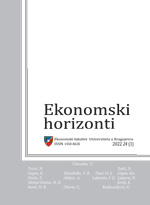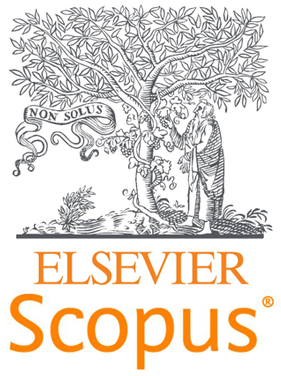REVISITING THE FOREIGN DIRECT INVESTMENT-LED AND EXPORT-LED GROWTH HYPOTHESES IN ASEAN+3 COUNTRIES
Cheng-Wen Lee1 and Andrian Dolfriandra Huruta2,3
1Department of International Business, College of Business, Chung Yuan Christian University, Taiwan
2College of Business, Chung Yuan Christian University, Taiwan,
3Department of Economics, Faculty of Economics and Business, Satya Wacana Christian University, Indonesia
In this paper, the effects of Foreign Direct Investments (FDIs) and exports on economic growth in the Association of Southeast Asian Nations Plus Three countries are explored. The panel data of a total of 13 countries pertaining to the period from 2008 to 2018 were analyzed. Based on the result of the Lagrange Multiplier (LM) test, the data fit to the random effect model. In a similar fashion, the Wald test suggests that there is no endogeneity problem in the given model. Furthermore, the results of the Hausman and Chow test also indicate that the random effect model is the most effective model to describe the effects of FDIs and exports on economic growth. The results prove that FDIs positively impact economic growth. In addition, exports also have a positive and meaningful effect on economic growth. Overall, the paper empirically confirms FDI-led growth and export-led growth. To conclude, the findings indicate the fact that FDIs and exports are crucial for boosting the economic growth of the ASEAN+3 countries. The ASEAN+3 region remains quite an attractive destination for international companies around the world when FDIs and trade are concerned.
Keywords: ASEAN+3, foreign direct investments, export, growth, panel data
JEL Classification: F15, F20




